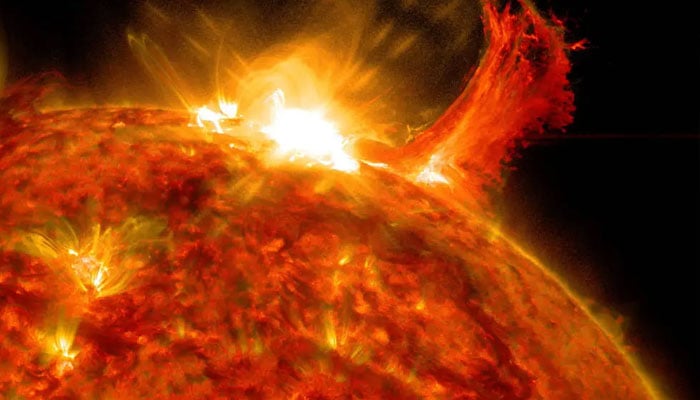Superstorm: Solar flare feared to fry satellites, causing months-long 'internet apocalypse'
Solar superstorm's economic consequences could reach up to $20 billion per day in US
November 16, 2023

A solar superstorm, marked by a coronal mass ejection (CME), poses a significant threat to internet stability, potentially disrupting the system for weeks or even months.
The awe-inspiring Northern Lights might be a precursor to what Professor Peter Becker of George Mason University terms an “internet apocalypse,” a potential consequence of intensified solar activity.
From Becker’s perspective, a new era of solar storms could threaten vital global technologies, including the internet, which the modern world heavily relies on. According to Fox Weather, Becker’s team aims to create a warning system to alert people of solar dangers.
The US Navy has responded proactively, allocating a substantial $13.6 million grant for a collaborative initiative with the university to establish an early warning system. The economic consequences of such a disruption could reach up to $20 billion per day in the United States alone.
CMEs can disturb the Earth's magnetic field, leading to the flow of electrical currents through the ground, capable of damaging electronics, power grids, and satellites.
While the last major CME impact was in 1859, damaging the telegraph system, the current technological landscape is far more susceptible. With the heightened solar activity forecasted in the coming decade, scientists are intensifying efforts to predict and protect against CMEs.
The fragility of modern electronics raises concerns, prompting research into ways to harden the internet system, ensuring greater resilience against potential damage.









